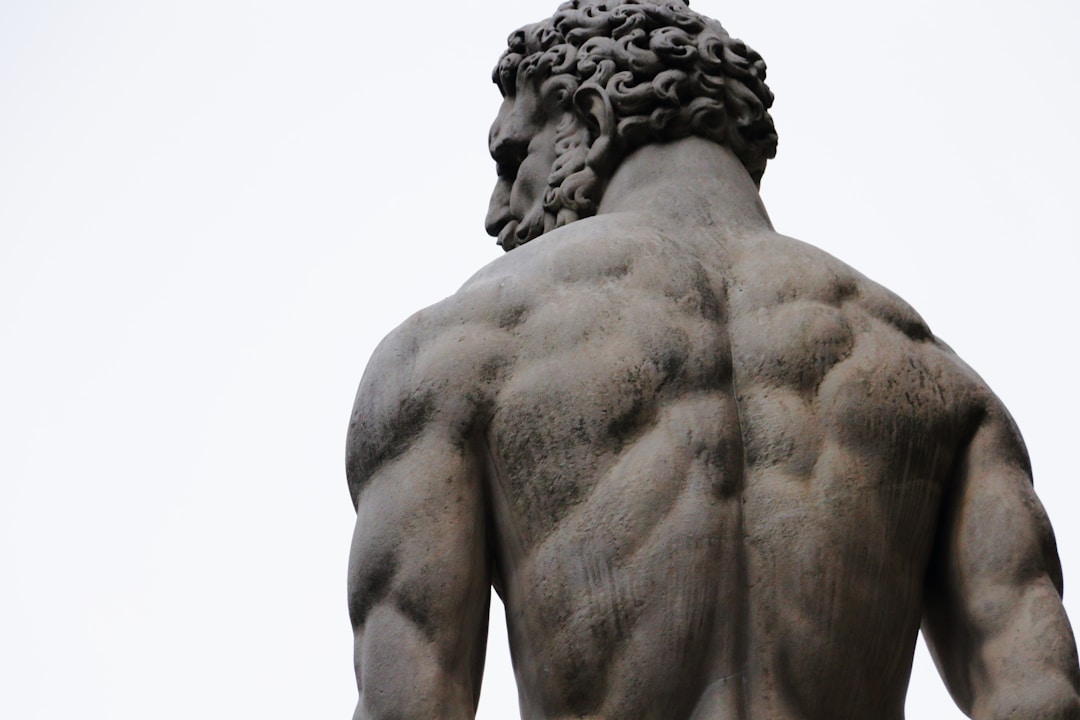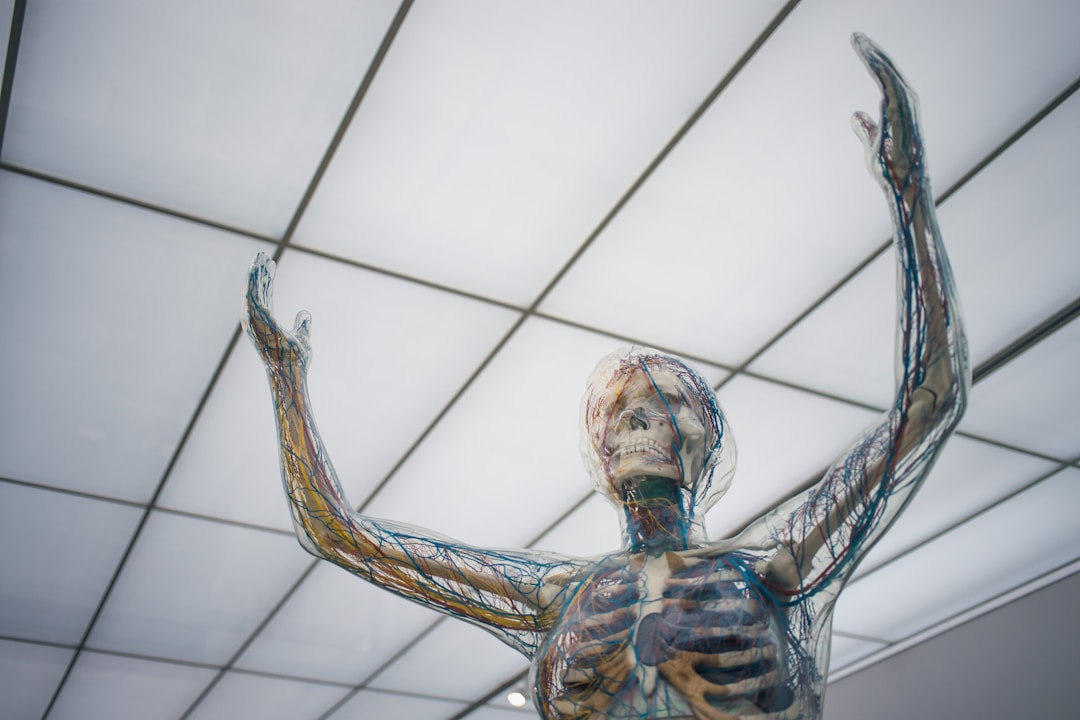Have you ever taken the time to consider how bodies and buildings are similar? We’re serious here. There are a lot of manmade things that you can look to and find something in nature to which they correspond. Did you know that Hannibal’s army’s crossing of the Italian Alps aboard a calvary of elephants was one of the inspirations behind tanks? Have you ever considered that maybe the idea for submarines came from dolphins or whales? Even the modern-day manufacturing plant draws inspiration from George Washington Carver’s studies of how plants work together, sharing nutrients to ensure their survival.
As you can see, it’s not too far-fetched to find correspondence between human anatomy and architecture. And in this article, we’ll tell you some of the ways your body and buildings are similar.
Exterior – Muscle Tone

What better way to determine what humans need in an architectural structure than to look at the body and see how it functions? Much in the way we look at muscle definition to determine how strong or fit we think a person is, the same applies to buildings. Many people rely on an intense workout routine to keep their body firm, and for architects, it’s about using the right dimensions and building materials. EMSCULPT treatments enable people to choose a target area for sculpting, much like an architect drawing building dimensions. Indeed, Dr. Nowak, who performs EMSCULPT in San Diego, is an architect for the human body.
Frame – Skeletal Structure
Much the same way your skeleton supports your muscular structure, a building’s framing supports its exterior. One of the best ways to strengthen your bones is to ensure you get enough calcium. Indeed, calcium makes bones firm and durable and able to absorb shock and support muscle growth. Mariani Metal Fabricators Limited can provide your building with the same support and strength your bones provide for your muscles. Whether your body or building needs strengthening, the skeletal system is a great place to start.
Electrical System – Nervous System

Learning about electronics will teach you a lot about the nervous system. Indeed, your nerves are your body’s electrical system. It sends signals from the brain to different parts of the body, and vice versa. You could almost consider it like your body’s internet connection, encoding and sending messages.
Ventilation – Respiratory System
You know how important breathing is to your body, but have you ever thought about how important it is for buildings to breathe? Indeed, buildings would be uninhabitable without proper ventilation systems. That’s why it’s important to get regular HVAC maintenance for your home or office building, which will ensure comfort and air quality. After all, when you’re in a building, you’re breathing what the building breathes, so make sure it breathes fresh air!

As you can see, there are many ways in which architecture and the human body correspond. Indeed, learning about the human anatomy can help architects get a better idea of how buildings should operate to provide safety and comfort for people. The frame and exterior of the building are like your skeletal and muscular structures. Many people call the eyes the window to the soul, so it only makes sense that windows are the eyes of a building. Electrical systems are eerily similar to the nervous system, as is plumbing to the digestive system. Finally, you can consider HVAC to be a building’s respiratory system.
You might not know much about architecture in the industrial sense. However, one of the points of this article is to show you how you can be the architect of your body and how understanding your anatomy will help you achieve the best results. So, whether you’re considering getting a non-invasive fat reduction procedure like an EMSCULPT treatment or taking up CrossFit high-intensity interval training, your body is your temple, and you’re the architect.
